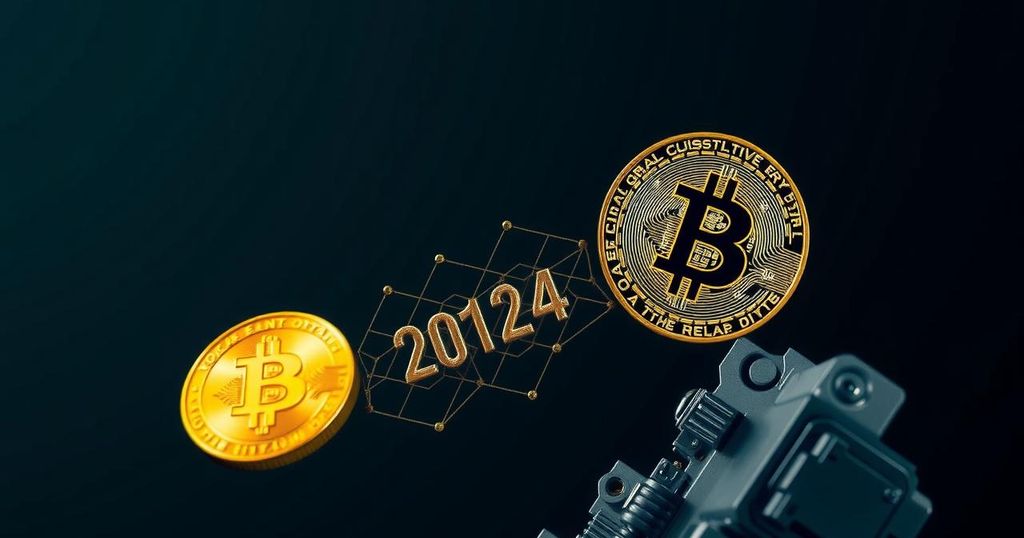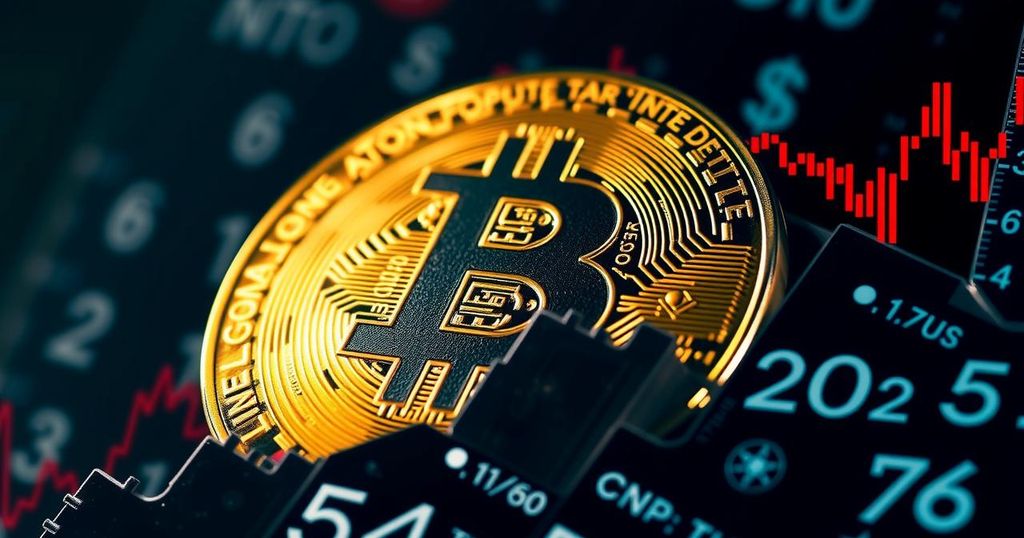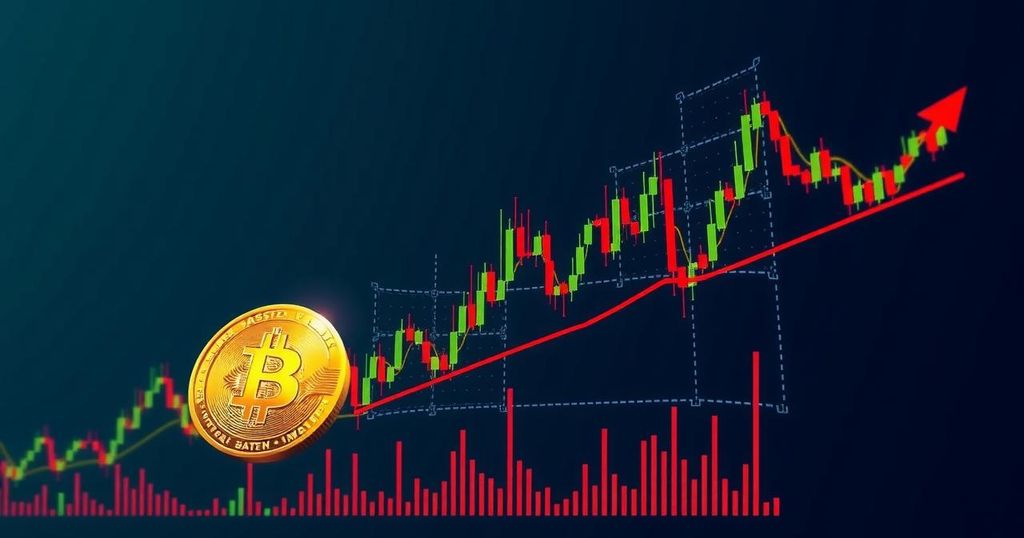Putin’s BRICS Summit: A Strategic Display Against Western Isolation
President Vladimir Putin is hosting the BRICS summit in Kazan to demonstrate that Western pressure and sanctions on Russia are ineffective. With leaders from emerging economies, including China and India, attending, the summit aims to reinforce Russia’s global partnerships and discuss alternatives to US dollar dominance in international trade. However, deep-seated differences within BRICS raise questions about the group’s unity and effectiveness in countering Western influence.
In the wake of Western sanctions and escalating geopolitical tensions following Russia’s invasion of Ukraine, President Vladimir Putin seeks to showcase Russia’s resilience by hosting a significant summit in Kazan this week. The BRICS summit will see over 20 leaders of emerging economies—including notable figures such as China’s Xi Jinping, India’s Prime Minister Narendra Modi, and Iranian President Masoud Pezeshkian—gather to refute the notion of Russia’s international isolation. The Kremlin has labeled this gathering as one of the largest diplomatic events in Russia’s recent history, signaling to both domestic and international audiences that aside from facing sanctions, Russia continues to maintain strong diplomatic ties. Analysts, such as Chris Weafer from Macro-Advisory, contend that the summit serves as a platform to demonstrate that attempts to ostracize Russia have largely failed. BRICS, an acronym for Brazil, Russia, India, China, and South Africa, represents a collective account for approximately 45% of the global population and encompasses economies worth over $28.5 trillion, constituting around 28% of the world economy. The initiative has gained traction, with suggestions that more than 30 additional countries aspire to forge closer associations or join BRICS altogether. A significant aim of the summit is for Russia to propose an alternative trade mechanism that omits the US dollar, which is perceived as a primary hindrance to its economic stability due to ongoing sanctions. Weafer highlights the challenges Russia faces regarding cross-border trade linked to dollar transactions, asserting that the Kremlin is intent on establishing a new currency framework among BRICS nations. However, despite the apparent unity symbolized by such initiatives, there are substantial underlying tensions within the group, primarily between members such as India and China, and regional rivals like Iran and Saudi Arabia. As noted by Jim O’Neill, former Chief Economist at Goldman Sachs, the lack of cohesion among BRICS states raises questions regarding the group’s capacity to exert significant influence on global issues. In Kazan, President Putin’s objective will be to downplay these internal divisions and project an image of solidarity, reinforcing the narrative that Russia remains an integral player on the world stage, despite the adversity it faces from the West.
This article examines the implications of the BRICS summit being hosted by Russian President Vladimir Putin amid international sanctions and geopolitical pressures stemming from Russia’s actions in Ukraine. The goal of the summit is to assert Russia’s relevance and to foster economic collaborations with emerging economies that may serve as alternatives to Western financial systems. The BRICS group, originally comprising five countries, has grown to include new members with varied interests, thereby indicating a shift in global economic dynamics. This summit comes at a critical time as Russia seeks to mitigate the effects of sanctions through strengthened alliances while facing internal and external criticisms regarding the unity and effectiveness of the BRICS bloc.
In conclusion, the upcoming BRICS summit, convened by President Vladimir Putin, aims to project Russia’s resilience despite facing significant challenges from Western sanctions. By showcasing diplomatic ties with other emerging economies, Putin intends to argue against the narrative of Russia’s isolation. However, the inherent divisions among BRICS members, particularly between major players such as India and China, as well as regional differences among newer members, pose significant hurdles to achieving a cohesive and effective coalition. Ultimately, the true effectiveness of BRICS in fostering a unified economic front remains to be seen, as geopolitical tensions continue to shape alliances.
Original Source: www.bbc.com




Post Comment